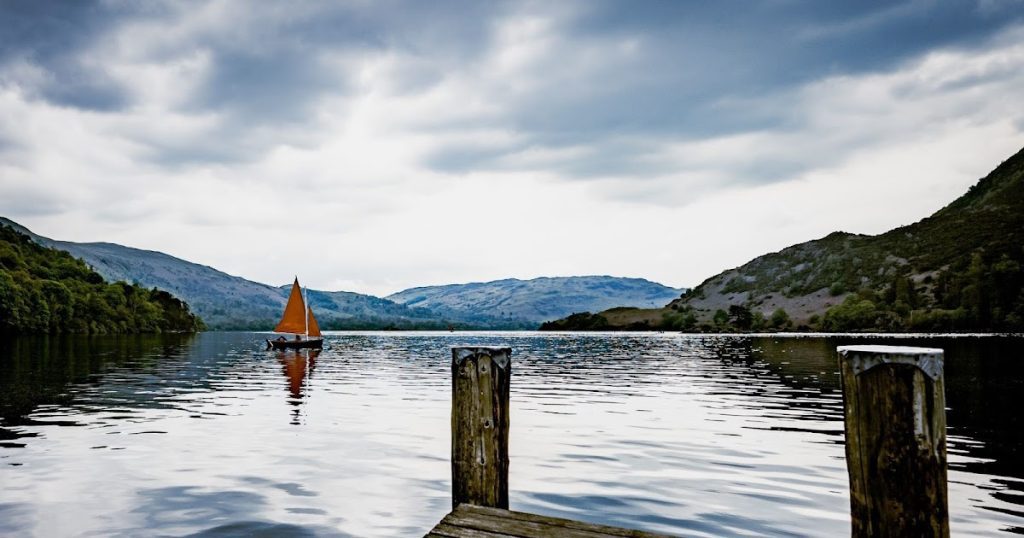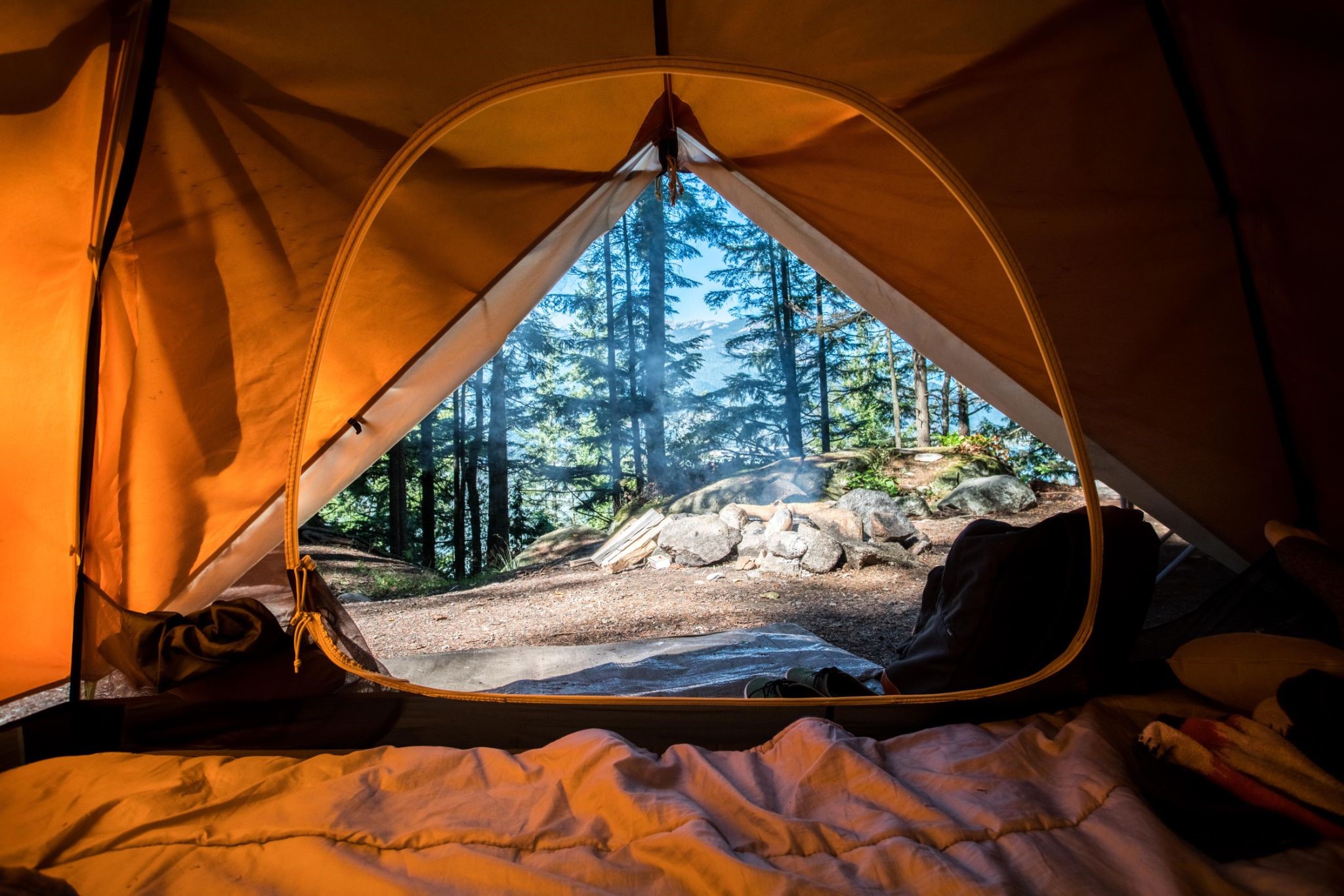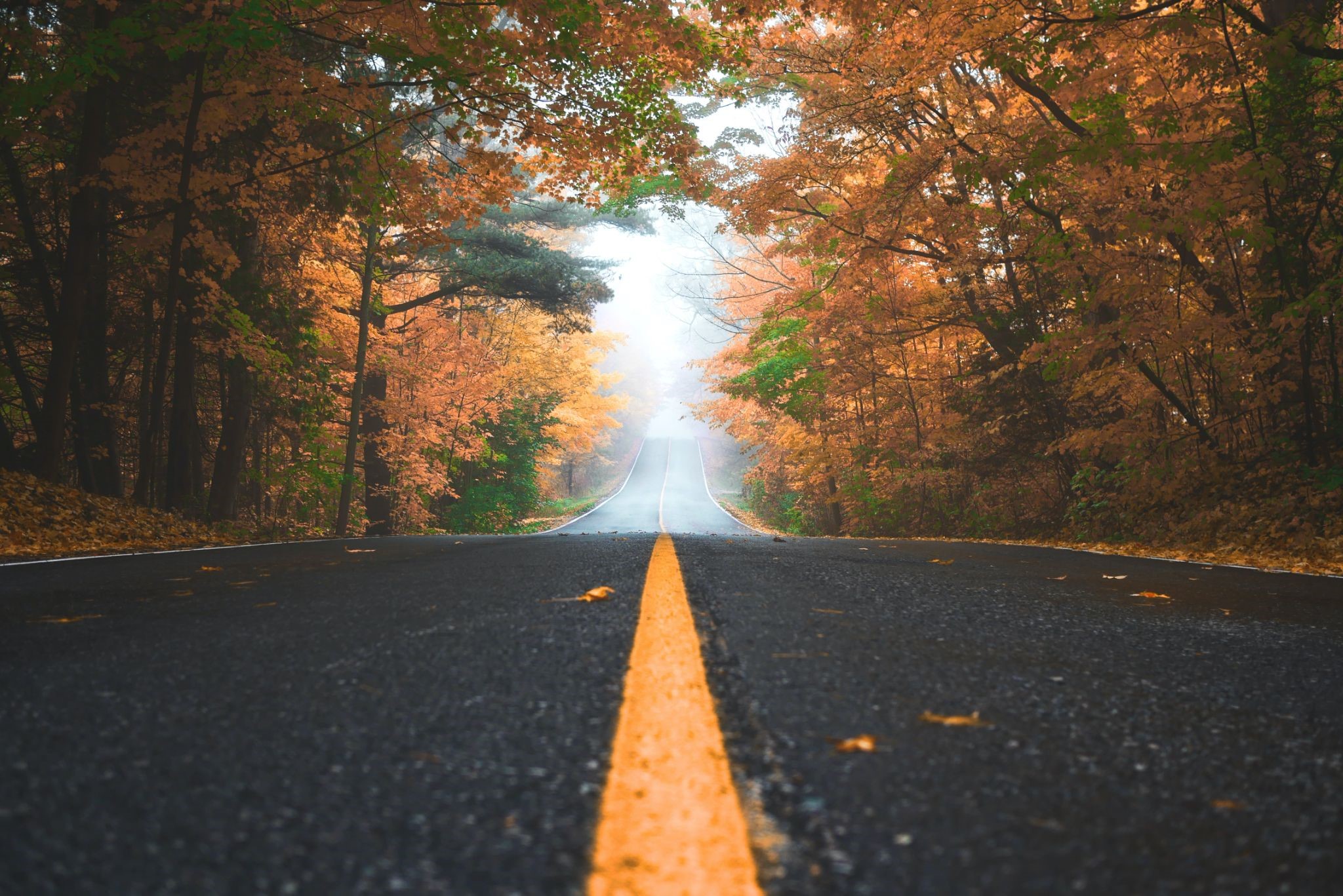What are Invasive Species and How Can We Best Protect Our Environment?

Whether you’re heading to the campground
or putting your boat
in a lake, invasive species may not be at the forefront of your mind. You may
even be unaware of what they are or the danger they pose within our ecosystem.
Continue reading below to learn about invasive species and what you can do to
best protect the great outdoors.
What Are Invasive Species?
Invasive species can be defined as non-native
organisms that enter into an ecosystem, causing harm to the new environment. Dangers of
these species can include spreading diseases and disrupting ecological cycles.
Becoming Aware of Invasive Species in Your Surroundings
Invasive species are smaller, and more
portable than you may realize. You may notice various little insects that are around
but might not know they can be easily transferred to different areas. This
transportation may cause organisms to be introduced to a place where they are
not native and potentially cause danger. In New York State,
there are various aquatic and terrestrial plants and
animals that are invasive species.
What Invasive Plants Could Be Living in Your Favorite Lake?
Two non-native species of aquatic plants that
have infested New York State lakes include Didymo, an algae, and Hydrilla, an
aquatic plant
whose growth makes swimming for native species more difficult. Another invasive
plant is the Starry Stonewort, an algae that forms at the bottom of lakes. This
type dominates native plants that provide shelter and nutrients to underwater
animals. All of these species can be spread to different bodies of water by
boats.
Non-Native Underwater Animals
One common type of invasive species found in
lakes is the Spiny Water Flea, which has invaded bodies of water such as Lake
Erie, Lake Ontario, Lake George, Saratoga Lake, Lake Champlain and more. These
species negatively affect the survival rates of native fish, as there is more
competition for food. The
Spiny Water Flea can be spread to other areas by attaching to boats.
Another type of invasive species commonly
found in New York state is the Northern Snakehead. When young, this fish eats
various organisms that native fish rely on. Once an adult, these fish will
begin feeding on those native fish,
as well as their food source. These
non-native species have the potential to greatly reduce the native fish
population. These fish are spread by humans through aquarium dumping, market
releases, or by illegally using them as bait. Snakeheads can also spread to
nearby waterbodies on their own, as they can survive outside of water for many
days.
Invasive Terrestrial Vegetation
There are various invasive plants that reside
on land – one being the Giant Hogweed. Once this plant has been brushed against
or broken, the weed releases sap that can cause burns and scarring to anyone
who touches it. If in contact with the plant, you should wash the infected area
immediately. Giant Hogweed grows in areas with plenty of sunlight
and moist soil. They are most likely to grow by streams, roadsides, fields or
even in yards.
Additionally, Wild Parsnip has the potential
to cause a similar reaction to individuals as the Giant Hogweed. This plant has
a yellowish top with a celery-like stalk and is likely to grow in fields and
yards.
Another invasive plant is called Slender False
Brome. This species threatens native vegetation by outcompeting and preventing
trees from seeding as well as changing food sources for animals.
What Land-Roaming Invasive Animals Should I Look Out For?
With so many native animals and insects it is
sometimes difficult to identify if the species is invasive. One non-native
animal that may be easy to detect is the Eurasian Boar, it also has the
nicknames wild hog and feral swine. This animal is destructive, damaging most
things in its path.
Another animal is the Gypsy Moth, which feeds
off leaves causing defoliation. You may have seen these critters on branches
along with egg masses.
The Emerald Ash Borer is a non-native, small,
destructive form of beetle. An infestation of this species is a threat to ash
trees because the beetle eats the inner bark that is vital to the tree’s
survival. To spot the damage, look for S-shape patterns on bark and D-shape
exit holes.
How Can I Help Prevent Invasive Species From
Spreading?

Whether you’re boating on a lake or camping
beneath the trees, going outdoors is likely to be on your summer
to-do list. Below are some precautionary
measures to help prevent the spread of invasive species:
1. Camping and Outdoor Gear
While on a hike you may have collected an invasive
species on your gear unknowingly, this can be in the form of insects or seeds.
Making sure the gear has been cleaned after use is important, especially when
traveling. Also, when setting up a tent, it is a good idea to avoid damp soil
as invasive organisms are likely to be living in that environment. Shaking out
your tent before packing it away is also helpful to avoid traveling with
unwanted critters. It is also recommended to use local firewood by the campsite because of insects that may be living in the logs.
2. Cleaning Your Boat
After a day on the lake, invasive species can
accumulate on the boat. Scrubbing off mud and plants that are visible will help
to limit the spread of non-native organisms. Also, draining any water that is in
the boat over dry land before leaving the launch site is recommended. You
should also wipe any wet areas, both inside and out, of your boat which can
help to remove organisms you can’t see. Some lakes have specific rules when it
comes to cleaning your boat before and after entering a body of water, so be
sure to research
and follow any rules before and after launching.
3. Gone Fishing!
Fishing may be an exciting or leisurely
activity that allows you to enjoy the outdoors,
but there are important considerations that should be taken to prevent
introducing invasive species to other areas. One way is to clean the gear that
was used to fish in another body of water that could have collected non-native
species. Another tip is never move fish from one body of water to another.
Using native bait to catch your fish is beneficial as other bait could be an
invasive species. It is also important to not dump bait into the water.
Prepare for Your Outdoor Getaway

There are a few details that are important to
consider before embarking on your trip.
Ensuring that you have packed the proper cleaning supplies that will be used to
clean your boat and other gear before transporting
to another area is important.
Lastly, whether you’re on a road trip or on
the lake boating, reviewing and
understanding your insurance policy is vital
should anything happen while on your trip. Click the link below to find a local
insurance agent near you.




